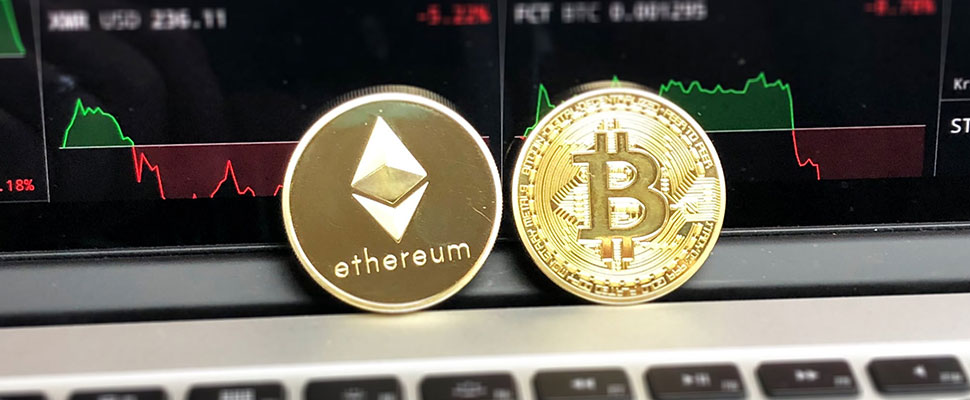More and more banks are adopting Blockchain: What does that mean to you?
Bitcoin introduced the Blockchain in 2009 and has changed the way in which the financial system is conceived, but the changes have not yet been seen

In 2009, when the Blockchain technology was revealed to the world with Bitcoin, it began to haunt this new way of conceiving the financial system. However, it had an uncertain future, despite all its potential. The banks were strongly against this phenomenon and even today, there are strong frictions between one and other entities of the debate.
Leer en español: Cada vez más los bancos adoptan Blockchain: ¿Qué significa eso para usted?
However, the struggle that has been given by startups, FinTech and basically any organization that has opted for Blockchain technology is paying off, which is why the panorama opens up to these new financial alternatives. Proof of this is we.trade, the organization founded by Santander. It has managed to bring together different banks in Europe and carry out operations through this means. This has been achieved through Blockchain technology developed by IBM, which claims to be more secure and complex than that used by Bitcoin and virtually all other cryptocurrencies. The first transactions carried out by we.trade, where 10 companies made 7 operations across 5 countries, "prove that we.trade is a robust platform and a viable commercial proposal," said Roberto Mancone, the company's operational manager in a statement that they published on their platform on July 3.
What does this mean for users?
The adoption of Blockchain technology by banks can be analyzed from different perspectives, of which three stand out:
- the ease of exchange
- safety
- the democratization of the market
To understand these advantages it is necessary to have a basic Blockchain concept. According to John Giordani, in his article for Forbes, Blockchain can be understood as a public record where transactions between two users belonging to the same network are stored in a secure, verifiable, and permanent manner. All the data related to the transactions are stored inside encrypted blocks, connected to each other hierarchically. This results in an infinite chain of data blocks in which it is possible to track and verify all the transactions that have been made.
Starting from this idea it is easy to understand why Blockchain supposes an ease of exchange. The systems, which are open to users (in most cases), allow for greater financial control over transactions and eliminate bureaucratic problems. Equally, its security is understood, since the system is armored against attacks and the particularities of its operation make it a great alternative. The last point, the democratization of the market, is what still generates debates, because the Blockchain technology (and, as a great associate of cryptocurrencies, without being the same) involves its users more actively, displacing the omnipotent role that banks they have been fulfilling historically, especially throughout the 20th century.
Also read: Personal Finance: the revolving lines of credit
However, these ideas are often too abstract in relation to the daily functioning that a user must face. In general, the adoption of blockchain technologies by banks makes their transactions safer, that there is greater ease for communication between banks (national and international) and that there is more control over the same products that banks offer.
The situation in Colombia
The situation that exists in Colombia in the case of Blockchain in banks is similar to the situation that exists in many contexts of technological and financial innovation, which ends up being a reflection of current debates. Colombia ranks as the second country in Latin America with the most Blockchain activity, according to Roberto Fernández in an interview with La República, which is a more than encouraging scenario. Similarly, it is also good news for this industry the consolidation of organizations such as the Blockchain Association Colombia, founded this year, and Colombia FinTech, founded in 2017, because they put on the table the discussion of these new systems.
However, the little information that exists in the country about these new financial alternatives is demonstrated both in the lack of specific legislation, and in the nonexistent contact of ordinary users with these possibilities. There is still a long way to go for Blockchain technology to be imposed as the new paradigm of understanding global finance.
LatinAmerican Post | Jorge Ovalle
Translated from “Cada vez más los bancos adoptan Blockchain: ¿Qué significa eso para usted?”





